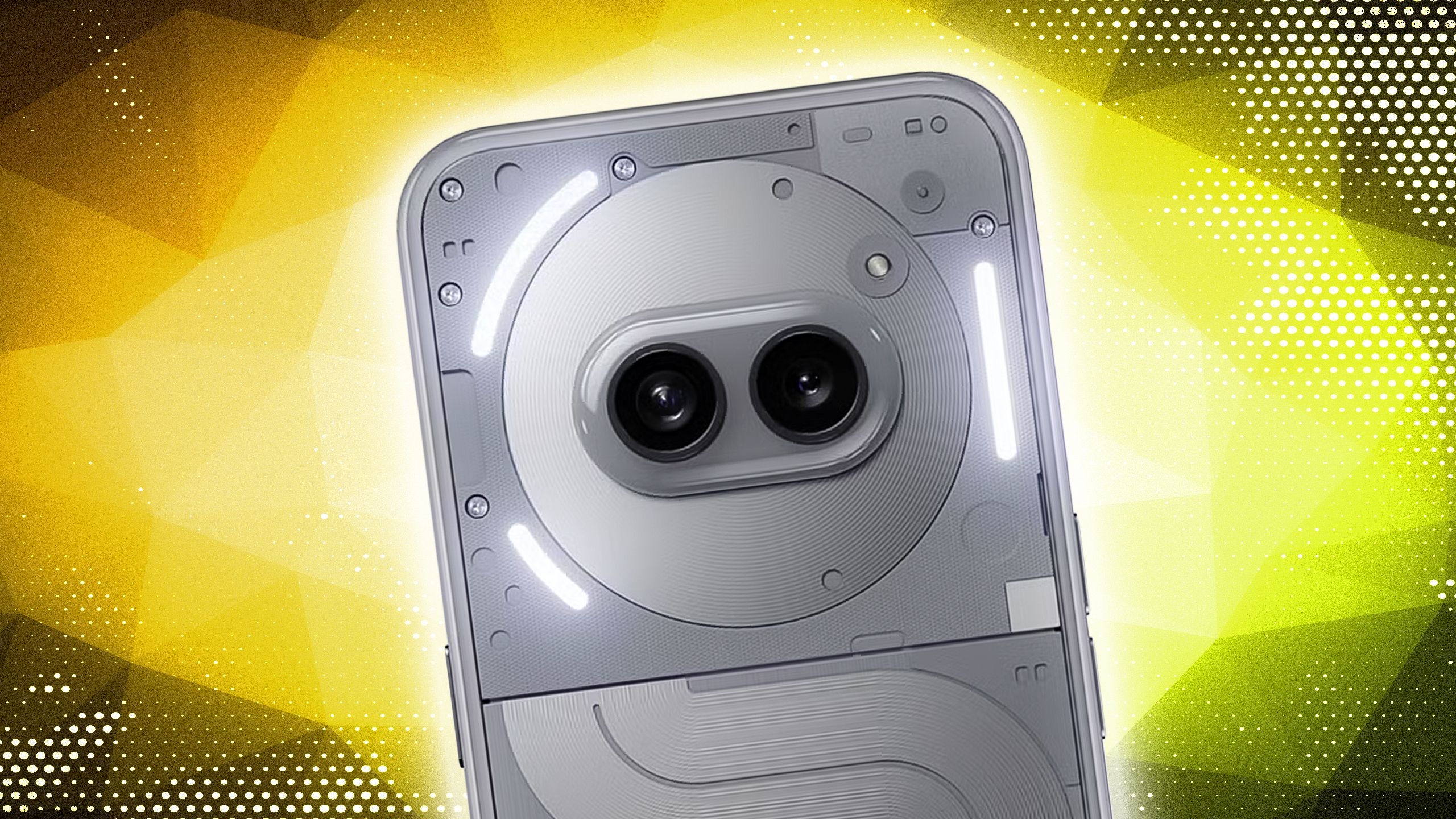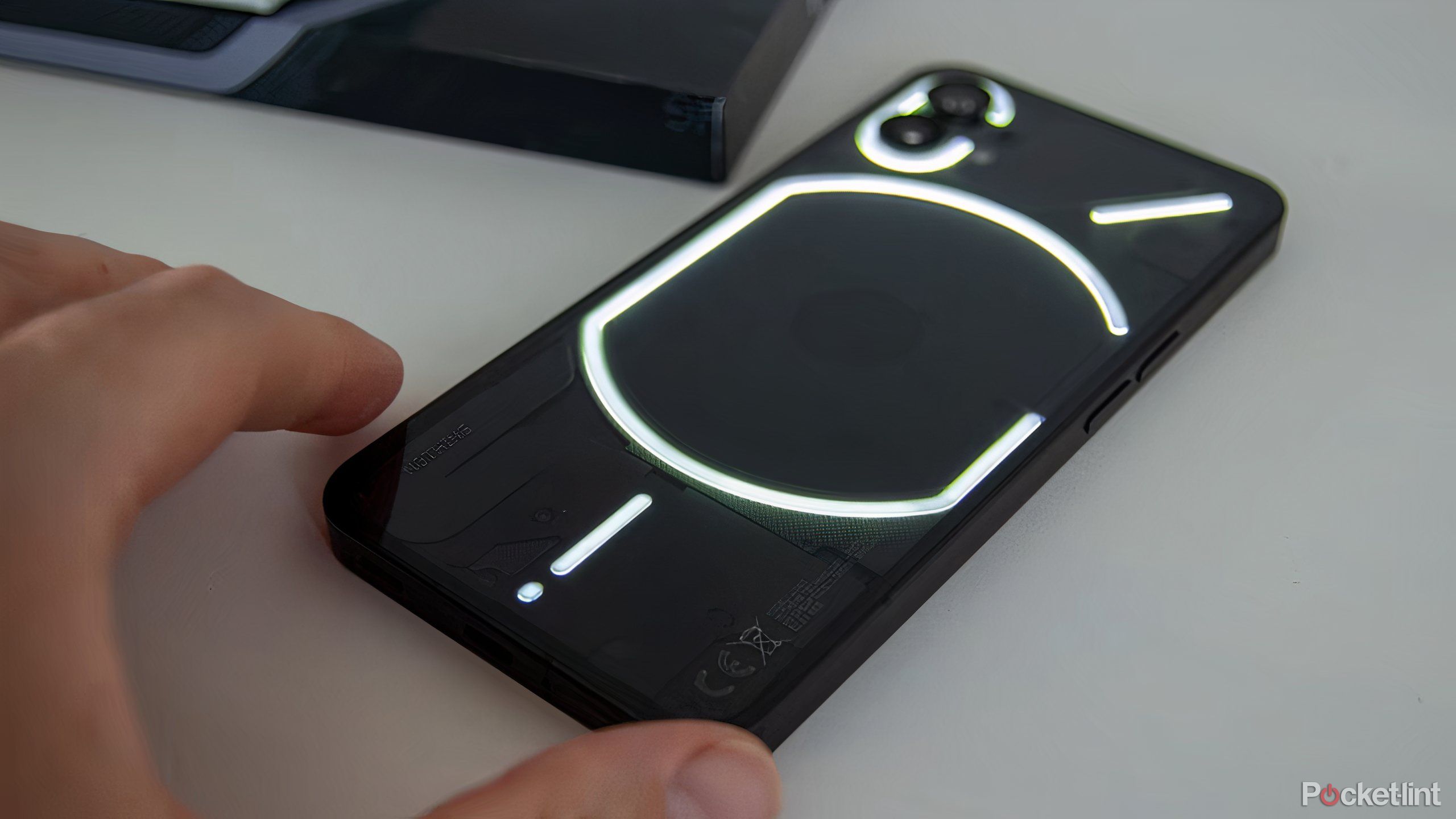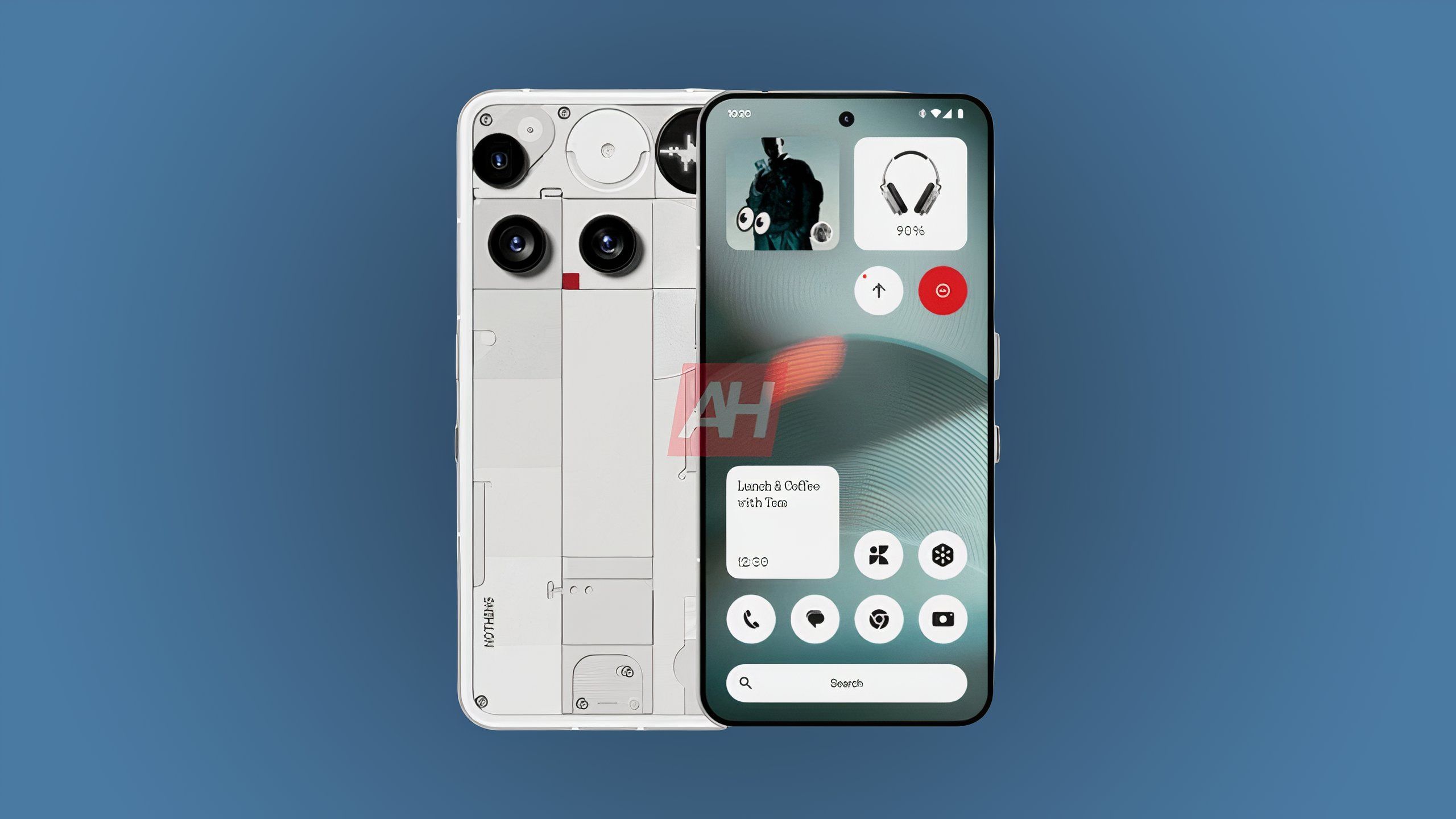Summary
- Nothing is ditching the LED interface it uses on the back of its phones for its next device.
- The new “Glyph Matrix” the company is using resembles a dot matrix display and seems like it might do even more.
- A phone displaying passive information keeps you in the loop without you having to pick it up.
Built by former talent from OnePlus, Nothing has carved out a niche for itself by building aesthetically interesting smartphones and headphones, most recently the Nothing Phone 3a Pro and the Nothing Ear (Open). The visual trademark of the company’s phones up until this point has been the “Glyph Interface,” a light-up LED pattern on the back of nearly all of Nothing’s phones that can act as a flash, a timer, a progress bar, or a notification light. The combination of functionality and has worked well for the company so far, so it’s perhaps surprising that Nothing appears to want to shake things up with the soon-to-be-announced Nothing Phone (3). Not only will the new phone abandon the Glyph, but it will apparently be replaced with something Nothing is calling the “Glyph Matrix” — what looks to be a proper display.
Phone makers are always looking for a new way to differentiate their devices and make them feel novel, and as smartwatches have solidified into yet another screen many people carry with them everywhere, that quest has gotten trickier. Besides finding new ways to make phones thin or fold in half, plenty of smartphones now offer multiple ways to display passive information, whether with an always-on display or an external screen. Nothing’s new phone might represent the best version of that idea, supporting the company’s aesthetic goals while going beyond just strapping another screen to your phone.

Related
4 fun gimmicks I’d like to see on more smartphones
Personality goes a long way when it comes to modern phones.
Nothing’s Glyph Matrix is more than some bright lights
More expressive and more informative
Nothing introduced the Phone (1) in 2022, after a lengthy period of teasing the different components the company planned to use in the device and generally building hype. The standout features of the company’s first phone were its translucent design, nearly stock Android software (NothingOS) and the Glyph Interface. At launch, the combination of LED lines and half-circles was primarily used to alert you to notifications and act as a rudimentary caller ID (you could give contacts a custom “glyph”). Pocket-lint wasn’t completely sold on the idea in its review of the Nothing Phone (1), noting that rear LEDs are often reserved for gaming phones like the Asus ROG Phone 9, and that “it lends a feeling that Nothing Phone (1) is a slightly fringe option.” Using the Glyph Interface also requires you to change how you use your phone to be useful. “We tend to put down our phone screen up to avoid scratches, so it’s often hidden.”
If you prefer traditional notification chimes and vibrations, using the Glyph is completely optional on Nothing’s current phones.
The idea was iterated on with the Nothing Phone (2) and made more functional. On the Phone (2), the Glyph can show progress, too, like a timer ticking down or the duration of an Uber ride. Nothing’s cheaper phones come with different cameras and displays, but even they include what’s quickly become Nothing’s signature LEDs. That’s why it was unusual when the company suggested the Nothing Phone (3) wouldn’t include the feature. Nothing revealed the Glyph’s replacement for the Glyph Matrix in June 2025, with a short video on X. Leaked photos and video of the company’s phone that came out after the fact seemingly confirm the Glyph Matrix is a circular display that might be even more customizable and able to communicate more than the lights on the company’s previous phones.
We’ll have to wait for the full announcement to know what Nothing has in mind, but the Glyph Matrix name and the look of the simple animations the company shared seem to evoke the dot matrix display. Most people’s first interaction with dot matrix displays is on calculators, where individual lights in a grid can be turned on and off to form simple graphics and text. It’s just enough added complexity to go beyond what the original Glyph could communicate. You could be alerted not just to the fact that you have a new message, but also to the number of messages or the app you’re receiving the notification from. A timer could show the actual time, rather than just an abstract representation of it. The Glyph Matrix could be a lot more useful, without drawing your attention in the way a normal touchscreen would.
An increasing number of devices have multiple screens
But should they just display information or actually be used
Redesigns sell phones because almost everyone is easily motivated by novelty. That’s led phone makers down some interesting paths in the last few years, whether it’s foldable like the Pixel 9 Pro Fold, ultra-thin phones like the Samsung Galaxy 25 Edge, or throwback dual-screen devices like the Microsoft Surface Duo.
The advantage of displaying information in a more passive way is that it doesn’t have to pull you out of whatever you’re doing.
How smartphones can display information without actually being used has become a big focus for phone makers. You could chalk it up to the mainstream success of “second screens” like smartwatches or the growing interest in lowering screen time. Foldables feature external screens that display notifications and let you access the functionality of your phone without opening it. Book-style foldables are basically the size of a smartphone, while flip-style foldables are more widget-friendly. That hasn’t stopped phone makers from running full apps on those compact screens, either. In terms of functionality, this works great, but it does call into question the focus foldables are supposed to offer.
The advantage of displaying information in a more passive way is that it doesn’t have to pull you out of whatever you’re doing. Why not spend less time looking at apps and more time looking at Nothing weird circular display?
What if you didn’t have to unlock your phone to use it?
There are plenty of ways to access what’s on your phone without picking it up
Android Headlines / Pocket-lint
Nothing is launching their phone on July 1st, so it isn’t long before the company fully shares what it has in mind. It’s entirely possible the company is more interested in displaying custom animations than unlocking new uses for its phone.
Another way to explore this idea without buying one of Nothing’s phones is to purchase a smartwatch. You can read Pocket-lint’s reviews of the Pixel Watch 3 and Apple Watch Series 10 for information about two of the more popular options out there. If you just want to use your phone without picking it up, macOS’ iPhone Mirroring feature is a really simple way to do it.











